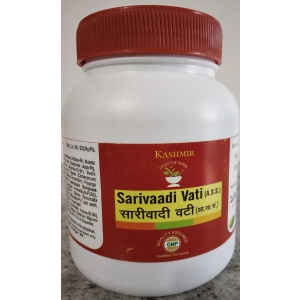HPV-WART/ SKIN TAGS
Showing all 1 result
Warts/Skin tags are one of the most commonly occurring skin infections. A typical wart is a raised round or oval growth on the skin with a rough surface.
What are warts?
Types of warts
|
Type of wart |
Appearance |
Location |
Feature |
|
Common warts |
Small in size, hard, dome shaped with rough surface( looks like head of cauliflower), usually grayish-brown. |
fingers, hands, knees, and elbows |
No discomfort unless they are in areas of repeated friction or pressure. |
|
Flat warts |
Size of a pinhead, smoother surface with flat top, may be pink, light brown, or yellow in colour. The sometimes appear in clusters. |
Mostly on faces, but also on arms, knees, or hands |
Common in children |
|
Plantar warts |
|
Found on the bottom of the foot |
Extremely painful. difficulty in walking |
|
Filiform warts |
a finger-like shape, are usually flesh-colored |
around the mouth, eyes, or nose |
|
|
Genital warts |
Dark brown in colour |
On the genitals, in the pubic area, and the area between the thighs, but can appear inside the vagina and anal canal |
|
|
Periungual warts |
|
under and around the fingernails or toenails |
What causes Warts?
How do you identify Warts?
How can warts be Treated?
Natural treatment for warts?
Natural therapy
Warts (unless plantar warts) rarely cause any pain. So the reason why people want to be treated is because of its unsightly appearance and the infectious nature of HPV. Most of the allopathic physicians offer treatments like drugs, topical creams, laser or freezing off the warts. But these only shrink and remove the warts temporarily but they do nothing to address the underlying problem and do nothing to deter the disease from returning. Removal of warts is only a symptomatic treatment. The human papilloma virus (HPV) remains latent in the body and will again cause warts to re-appear under suitable environmental conditions. Many patients come to us saying that they had only 1 wart which they got lasered but now have 4! Infact some physicians believe that getting surgery actually leads to the immune system slacking off further when it comes to fighting off future attacks.</p>
Tips to avoid Warts
Wash your hands regularly and well.
It is wise to wear waterproof sandals or flip-flops in public showers, locker rooms, and around public pools.
Keep your immune system strong
Practice safe sex


